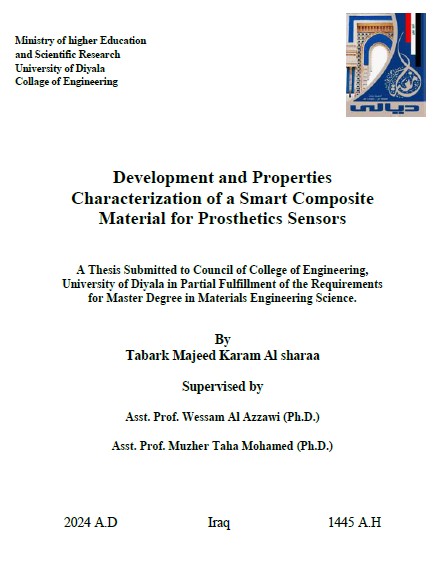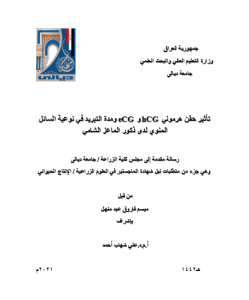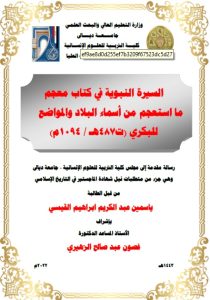Abstract
A smart composite material specifically designed for use in prosthetics is the subject of this thesis, which details its creation and extensive property characterization. The main aim is to create a smart composite material by combining multiwall carbon nanotubes (MWCNT) with High density poly ethylene(HDPE) as matrix. This material will have the remarkable property of being able to modify its electrical resistance according surrounding conditions, such as mechanical strain, temperature, and moisture content. Ultimately, the aim of the study is to create a material that act as sensor for prosthetic limbs and act as a sensor, to enhance their versatility and utility. Extrusion fabrication technique was used to create samples with carbon percentages of 1%, 2.5%, 4.5%, 7.5%, and 10% wt. Mechanical tests, including hardness, fatigue, tensile, and impact tests were used to assess the composite’s mechanical properties. A ratio of 2.5% was ideal, as the results showed that this percentage achieved the best improvement in mechanical properties. When compared to plain High density poly ethylene(HDPE), the results showed that the mechanical properties of the composite materials improved by 12% for hardness, 55.56% for impact resistance, and 20.76% for fatigue strength. Moreover, the tensile test exhibited remarkable improvements in failure-stress and strain of approximately 28.80% and 131.70%, respectively. Elevated carbon content was also associated with a decrease in electric resistance, suggesting an improvement in electrical conductive characteristics. Furthermore, the samples under investigation were submerged in saline solution for varying lengths of time (1, 2, 4, 8, and 12 weeks), and the results demonstrated that, in contrast to pristine high-density polyethylene, which did not absorb any moisture, moisture absorption increased with increasing carbon content.
The samples exhibited a steady increase in moisture absorption improvements as compared to the pure sample. After three months, sample 10% showed the greatest improvement (334%), while sample 1% showed the lowest increase (217%). The sample that enhances moisture absorption the greatest is the one that contains 10%. In terms of the material’s mechanical sensor behavior, it was discovered that resistance increases under tensile stress and reduces under compression loading. When used as a moisture sensor, the resistance drops as the moisture level rises. Resistance, in its role as a temperature sensor, grows as the temperature does.





